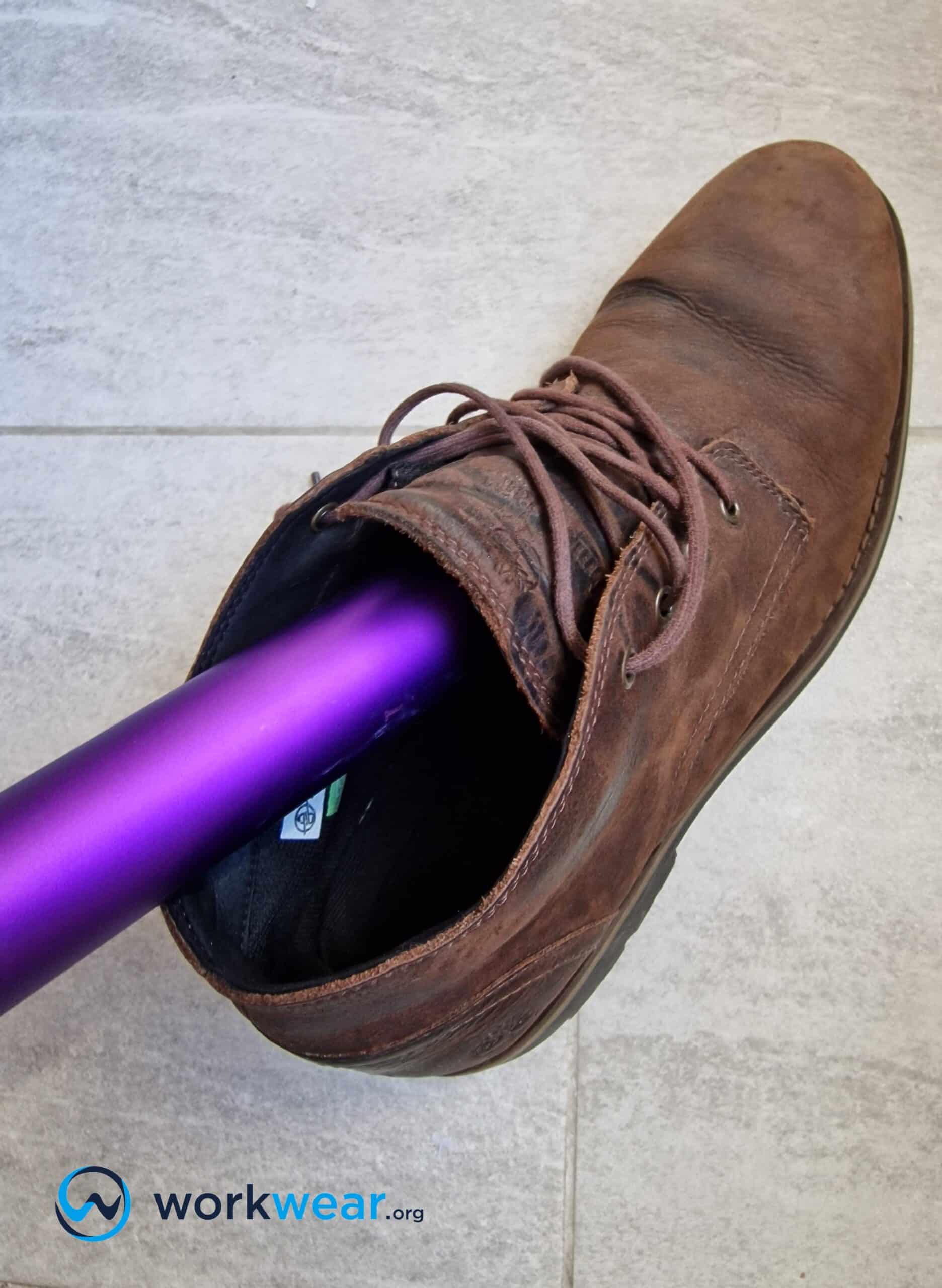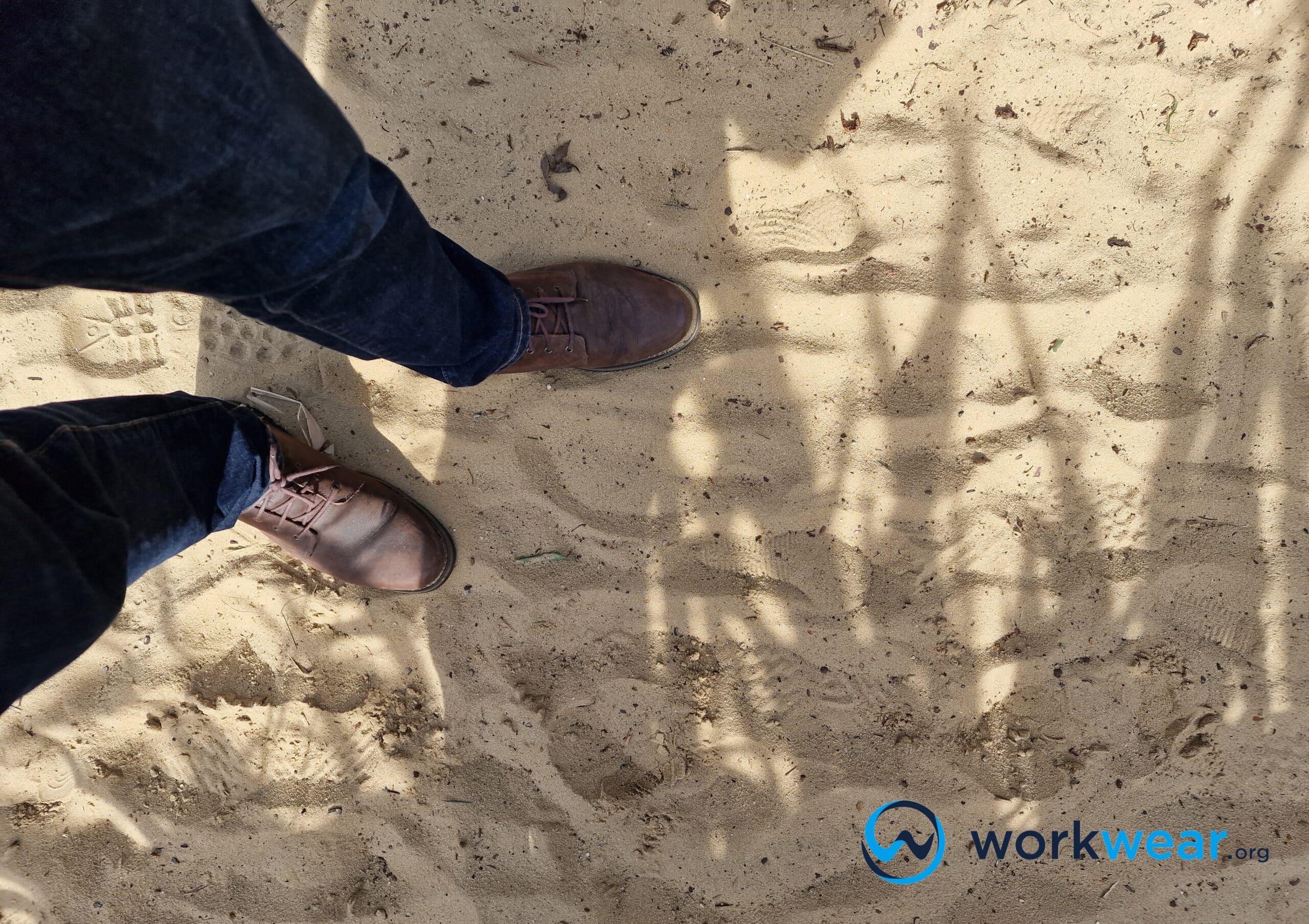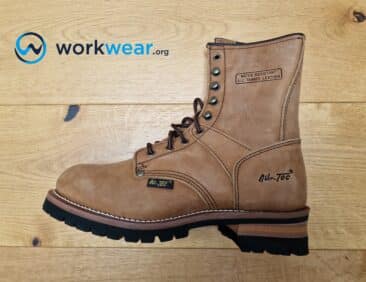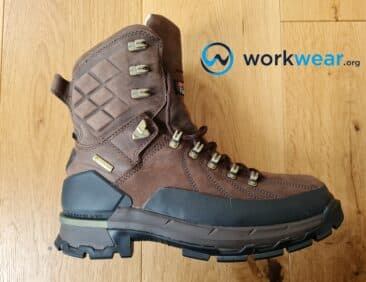How to Remove Sand from Work Boots
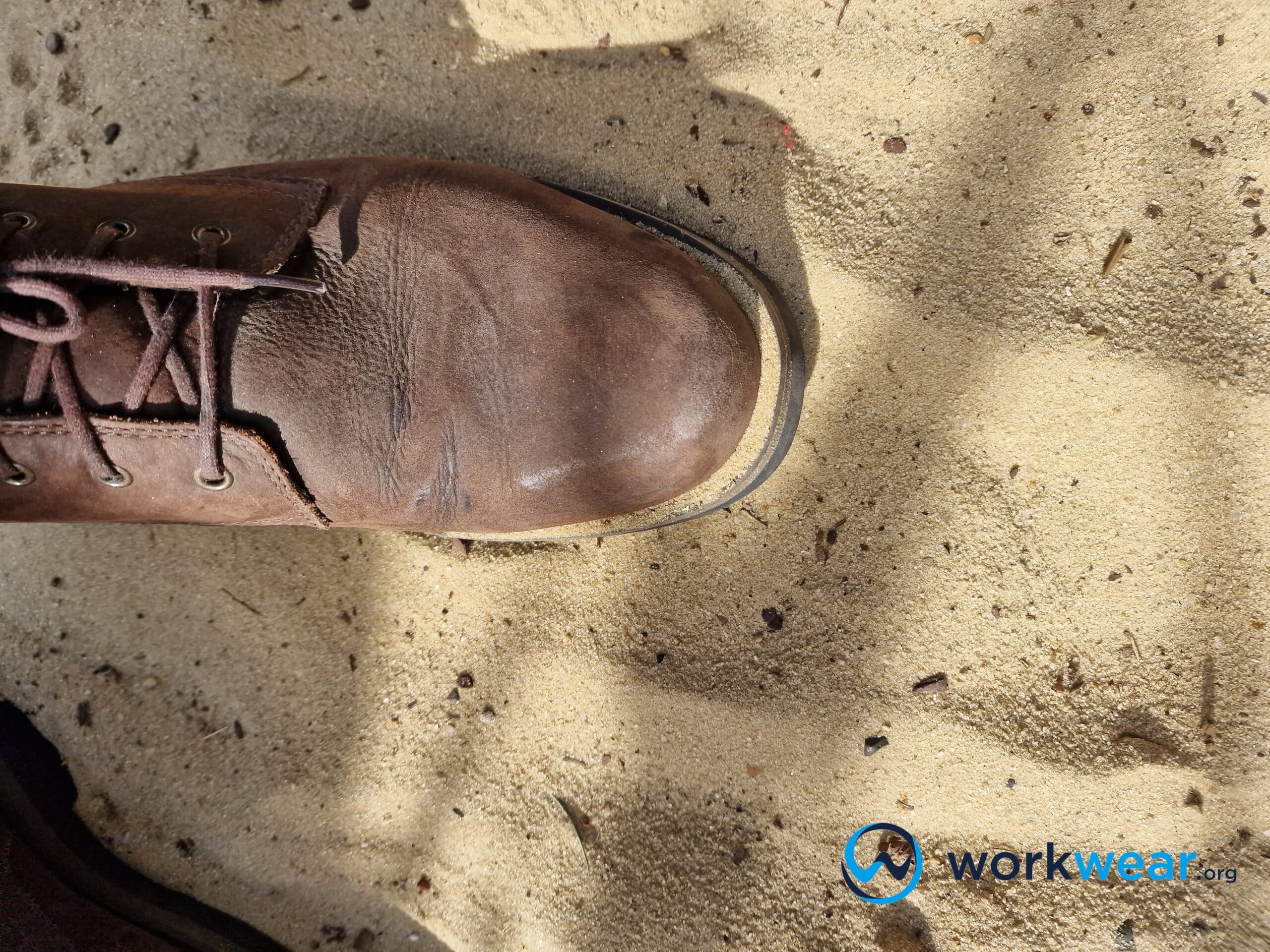
Working in job sites where construction work is ongoing can expose your work footwear to various objects that can cause damage to the materials. One of these substances is sand, which can also be encountered when working on or near the beach and in desert worksites. Unlike other elements that are quite easy to remove, sand can be trickier to get rid of, especially if it gets into the boots and the small nooks and crannies around.
Problems Caused by Sand-to-Work Boots
Sand can cause the following problems if it’s not removed immediately from your work boots.
Material damage – sand is a highly-abrasive substance that can damage the material of your work boots. For example, the leather uppers of work boots can be scratched by sand, with the abrasion sometimes deep enough to leave lasting marks that can considerably (and negatively) affect the footwear’s appearance. In addition, if sand gets into the boots, it can also scratch the insoles and inner lining, which may affect the performance of these components.
Discomfort – when sand gets into work boots, it can cause foot discomfort as the grains rub against the skin. In addition, the feet can get irritated when sand is left inside the boots for a long time, so it’s important to get rid of all the particles as soon as possible.
Dirty Boots – sand, especially when mixed with other objects, can make work boots extremely dirty. The grains can settle on the small spaces throughout the footwear and make the interiors filthy if they’re not immediately removed. The sand particles also make the boots look filthy if left on the exterior for a long time.
How to Remove Sand from Work Boots
These are some of the most tried and tested ways of removing sand from work boots.
By shaking the boots
Shaking the boots can dislodge much of the sand settled on and into the footwear. This method is one of the first that you can do as soon as the boots are exposed to sand, although it’s most likely that you won’t get all the grains out this way. To get more of the sand that got into the boots, it’s also a good idea to turn them upside down before shaking.
By beating the boots against the wall
If shaking doesn’t displace most of the sand on your work boots, it’s time to use more force. First, take your boots and start beating their outsoles against a stable, hard surface – such as the nearest wall. This will remove and loosen the sand that may have settled more firmly into the crevices throughout the footwear. You can also do this with the boots upside down if you want to remove the sand.
By removing the insoles
Sometimes sand gets into work boots and goes deep enough to creep under the insoles. To ensure that you can remove all the grains of sand, take out the insoles and shake them off or beat them against a hard surface. You can then shake or beat the boots while they’re upside down to dislodge even more of the sand that’s settled in the boots’ interiors. It’s important to note that this method works for work boots with removable insoles; otherwise, don’t forcibly remove permanently attached insoles.
By flushing with a pressure hose
If you have waterproof work boots, you can get rid of sand particles with the help of a pressure hose. First, aim the nozzle at the exterior areas where sand is firmly lodged to remove the unwanted elements. Next, point the water stream towards the boots’ opening to force the sand grains out from where they’ve been stuck inside. This method should only be used for waterproof work boots, as non-waterproof materials can damage when exposed to liquids.
Filling the interior with water
This method applies only to waterproof work boots. First, fill the interior with clean water and swirl it around to remove the sand particles stuck in the spaces inside the boots. Next, you can shake the boots vigorously with the water still inside to dislodge sand that’s more firmly stuck in the gaps.
By submerging the boots in water
Waterproof work boots can be dunked in a bucket of water and then swished around, allowing the grains of sand to float away from the exterior and inner parts of the footwear. Dumping the water where some loosened sand went is important before repeating the process as needed. This way, the particles that have already been removed won’t accidentally get back into the boots when they’re dunked in the water again.
By using a vacuum
Use a hand vacuum to suck out the sand particles into your work boots. The powerful suction will get even the grains more stubbornly lodged into the spaces inside the boots. It’s also a good idea to use the vacuum on the insoles after removing them to ensure that the surfaces are sand-free.
By using baby powder or cornstarch
For tough-to-remove sand, you can try sprinkling a bit of baby powder or cornstarch into the boots. Massage the powder into the area where the sand is firmly lodged to loosen the grains, which can then be shaken out more easily.
By using the washing machine
This method is for work boots built with non-leather materials (such as abrasion-resistant nylon and similar fabrics), as machine washing can damage the leather. If sand is stubbornly set into the boots, you can clean them in the washing machine using the cold setting to dislodge the sand throughout the structure.
By soaking in water
Like the previous method, this one is suitable only for non-leather materials. Soak the work boots in cold water for around 10 minutes to encourage the grains of sand to loosen from where they’re stuck around and inside the boots.
Recommended Method
Based on our experience, we recommend a method for removing sand from work boots that combines some of the steps we mentioned above:
- The insoles should be removed and cleaned to eliminate sand seeping into the work boots.
- With the insoles out of the way (and safe from accidentally flying off), beat the boots against the wall or any hard surface to dislodge most of the sand build-up.
- Use a hand vacuum to draw out all the remaining sand inside the boots.
We prefer this method as it can be applied to both waterproof and non-waterproof boots, is effective, and doesn’t damage the components when the steps are followed correctly.
Conclusion
Work boots exposed to sand can be tricky to clean, but there are ways to make the task easier and more effective. Sand must be removed from work boots to protect them from becoming dirty and prevent material damage and discomfort. There are several ways to get rid of sand from work boots’ outer and inner surfaces. Our recommended method for getting rid of sand in work boots combines some of the abovementioned procedures. We recommend that the insoles are removed and cleaned before beating the boots against a hard surface. A hand vacuum could then be used to suction the remaining grains of sand inside the boots. We prefer this combination of methods as it applies to waterproof and non-waterproof work footwear, doesn’t damage the materials, and is effective – especially if the steps are correctly followed.
FAQs
- Can you remove sand from work boots by brushing?
- Yes – but only for certain materials, such as rubber and other non-leather materials, as brushing can damage leather uppers.
- What’s the best way to remove wet sand from work boots?
- The best way to remove wet sand requires allowing it to dry, after which it can more easily fall off when the boots are knocked against a hard surface.
- How does sand affect the zippers on work boots?
- When sand gets in between the teeth of zippers, they can become very difficult to open and close. It’s important to try to dislodge the sand before forcing the zipper to move, as this results in damage.
- How can you remove the sand from work boots that have non-removable insoles?
- Since the insoles can’t be removed, the best methods to try and remove sand from inside the work boot are using a vacuum, flushing with a pressure hose, soaking or submerging in water (for waterproof boots).
678+
Products Reviewed
24+ Years
Combined Experience
500+ Hrs
Field Testing
